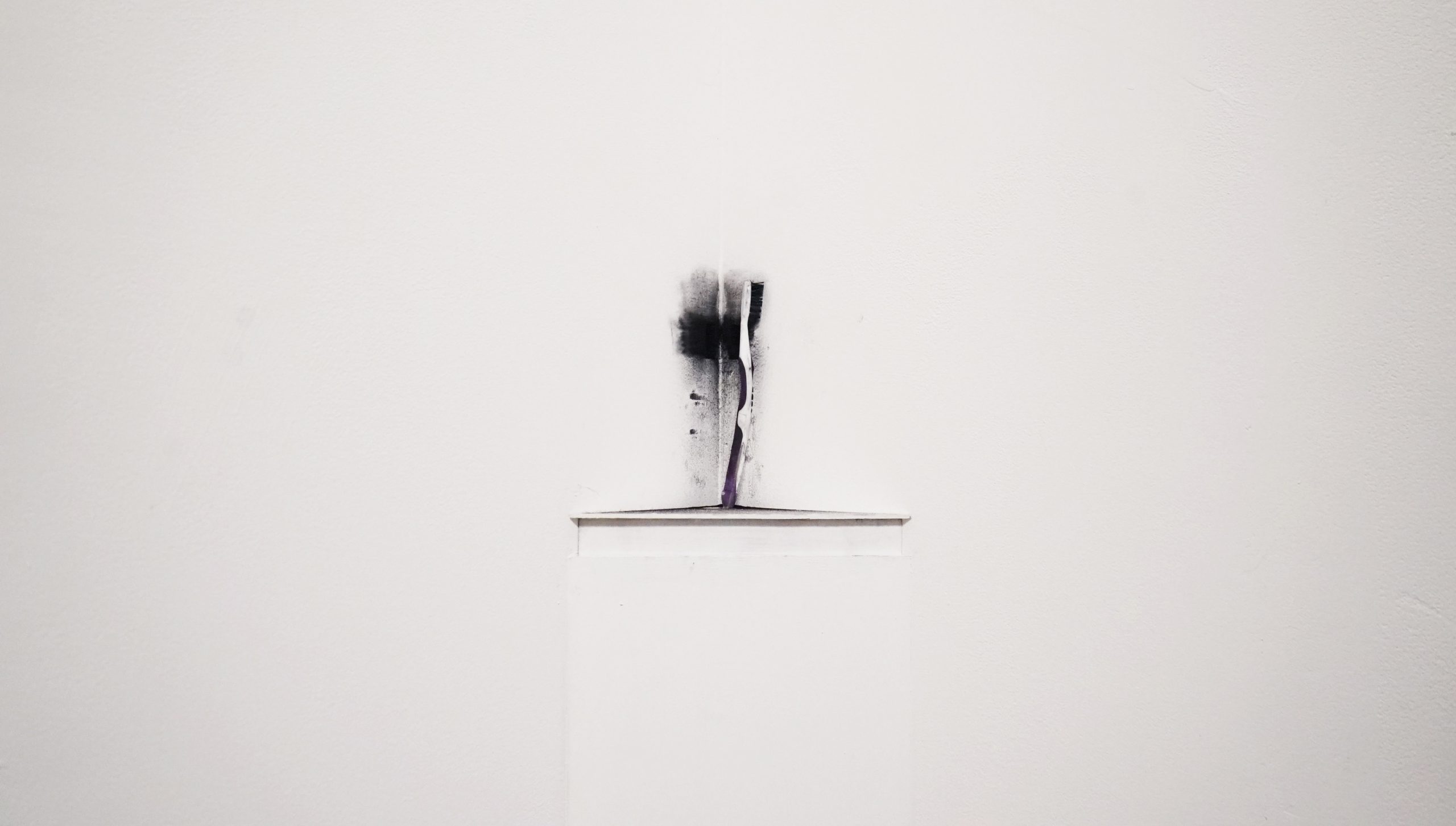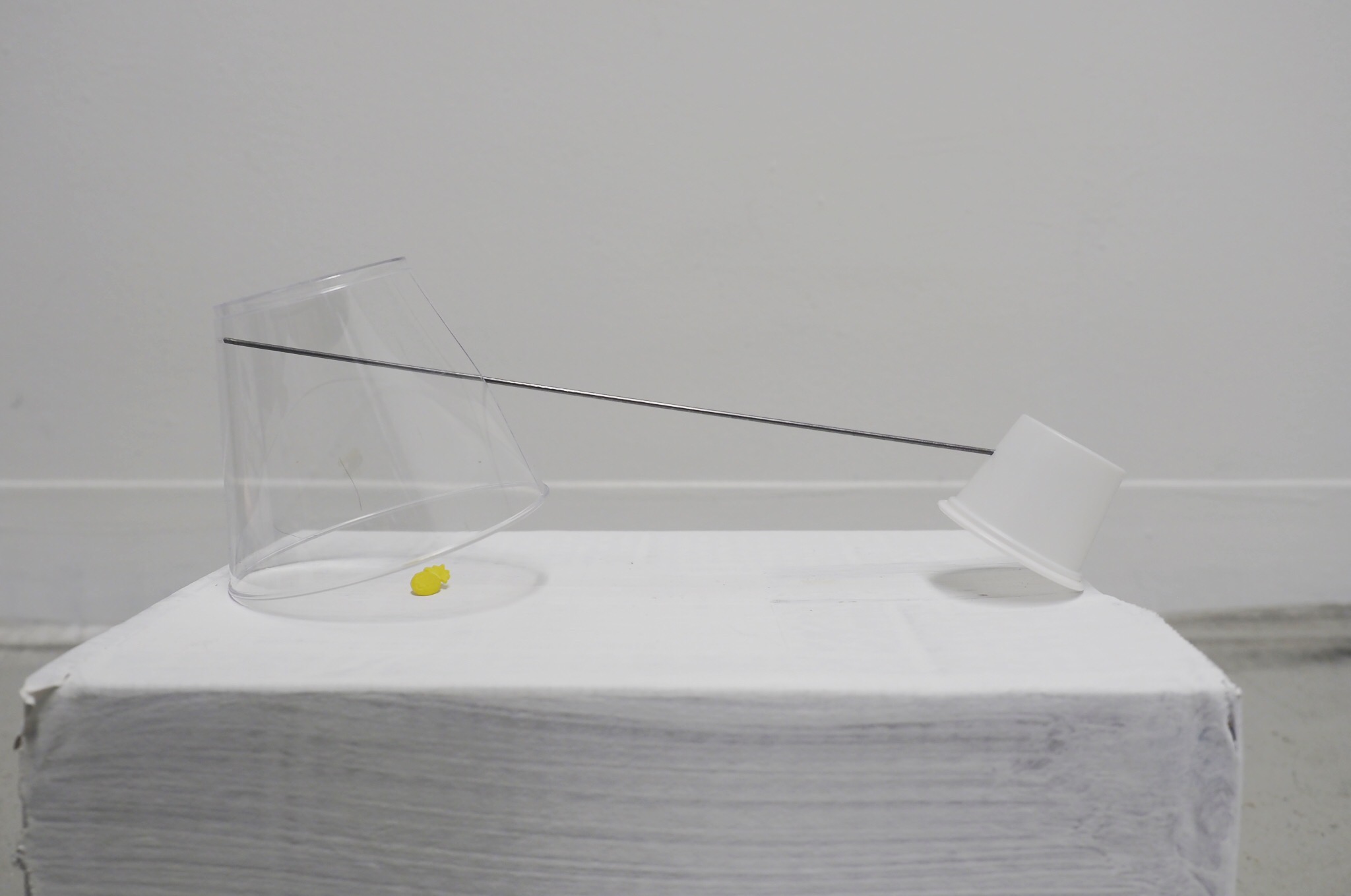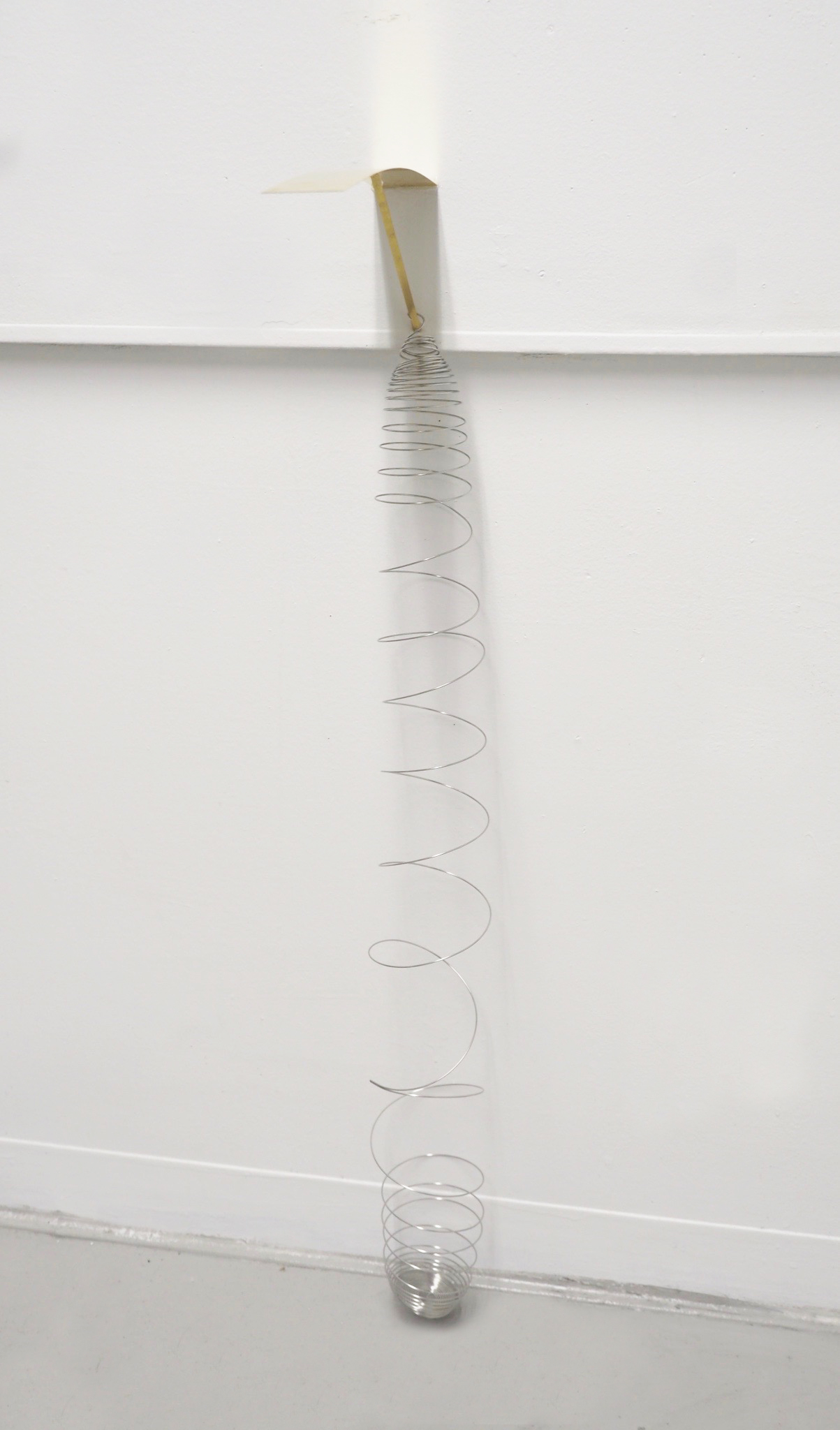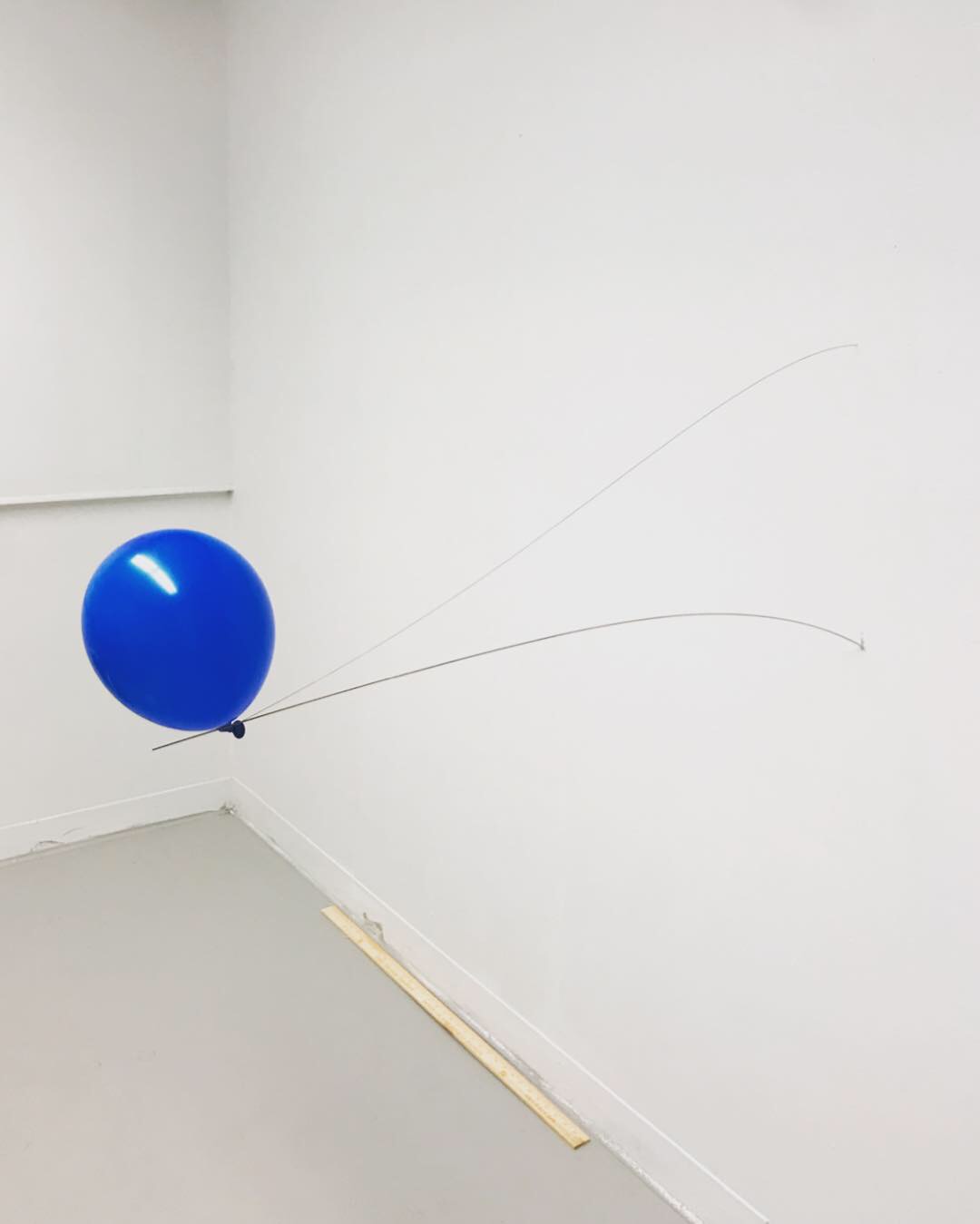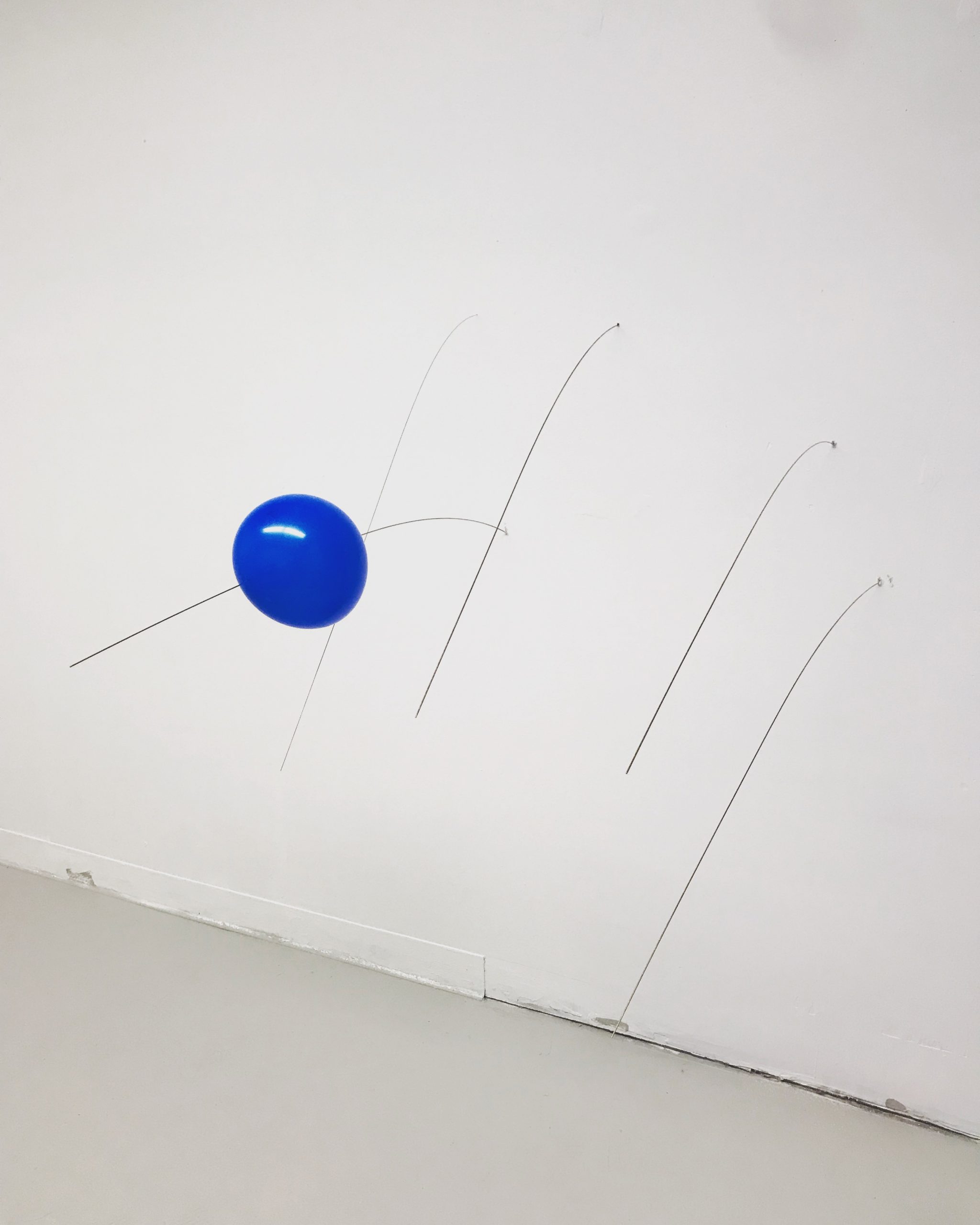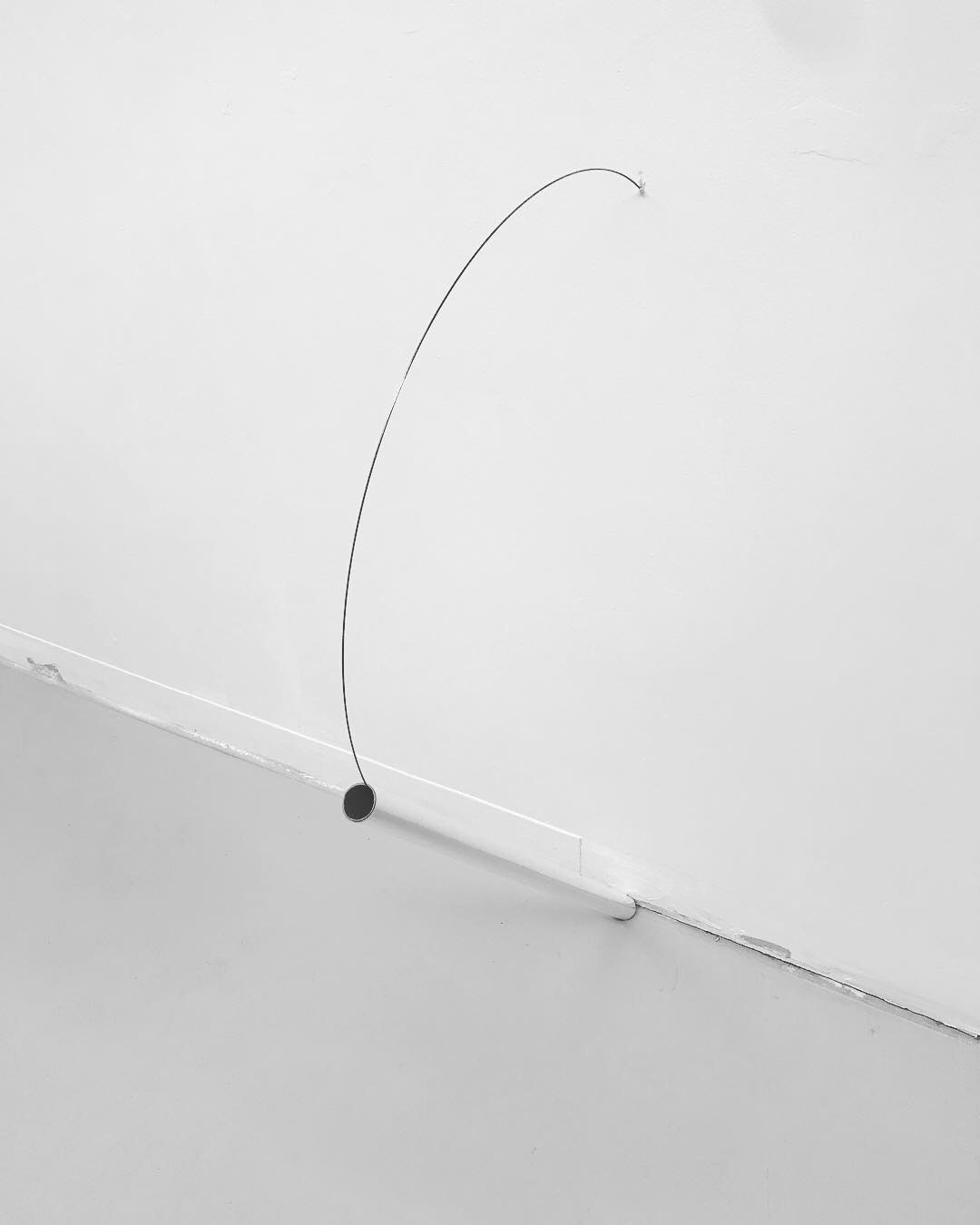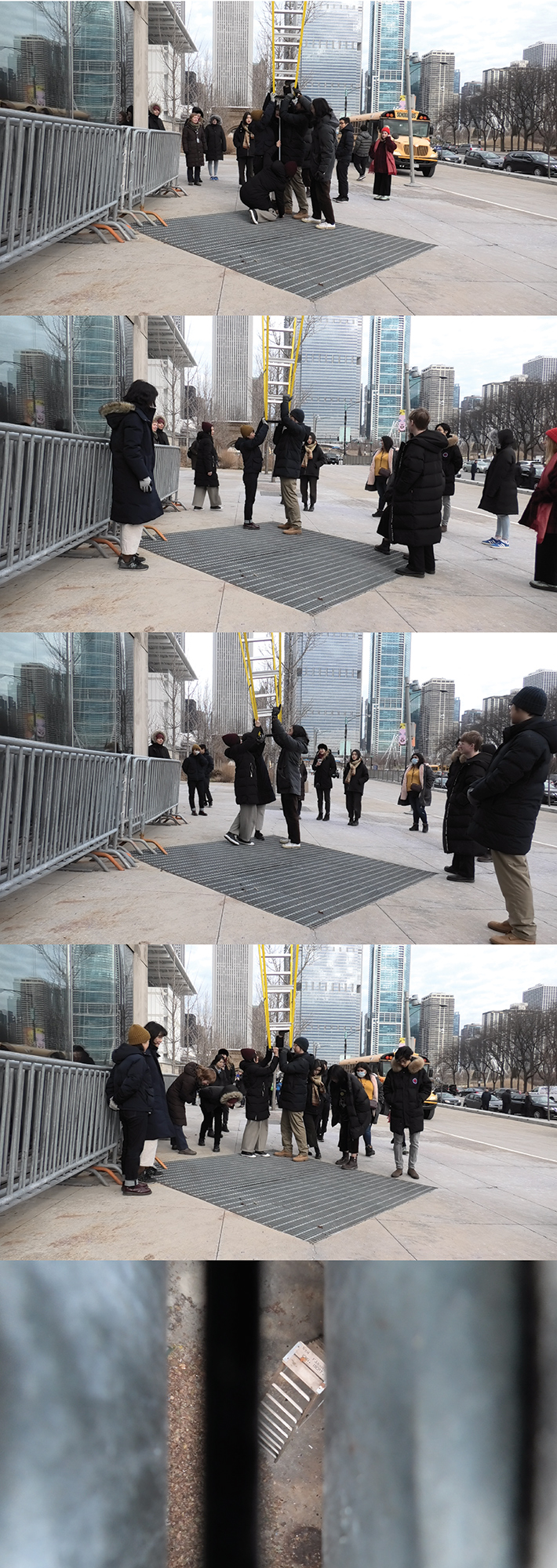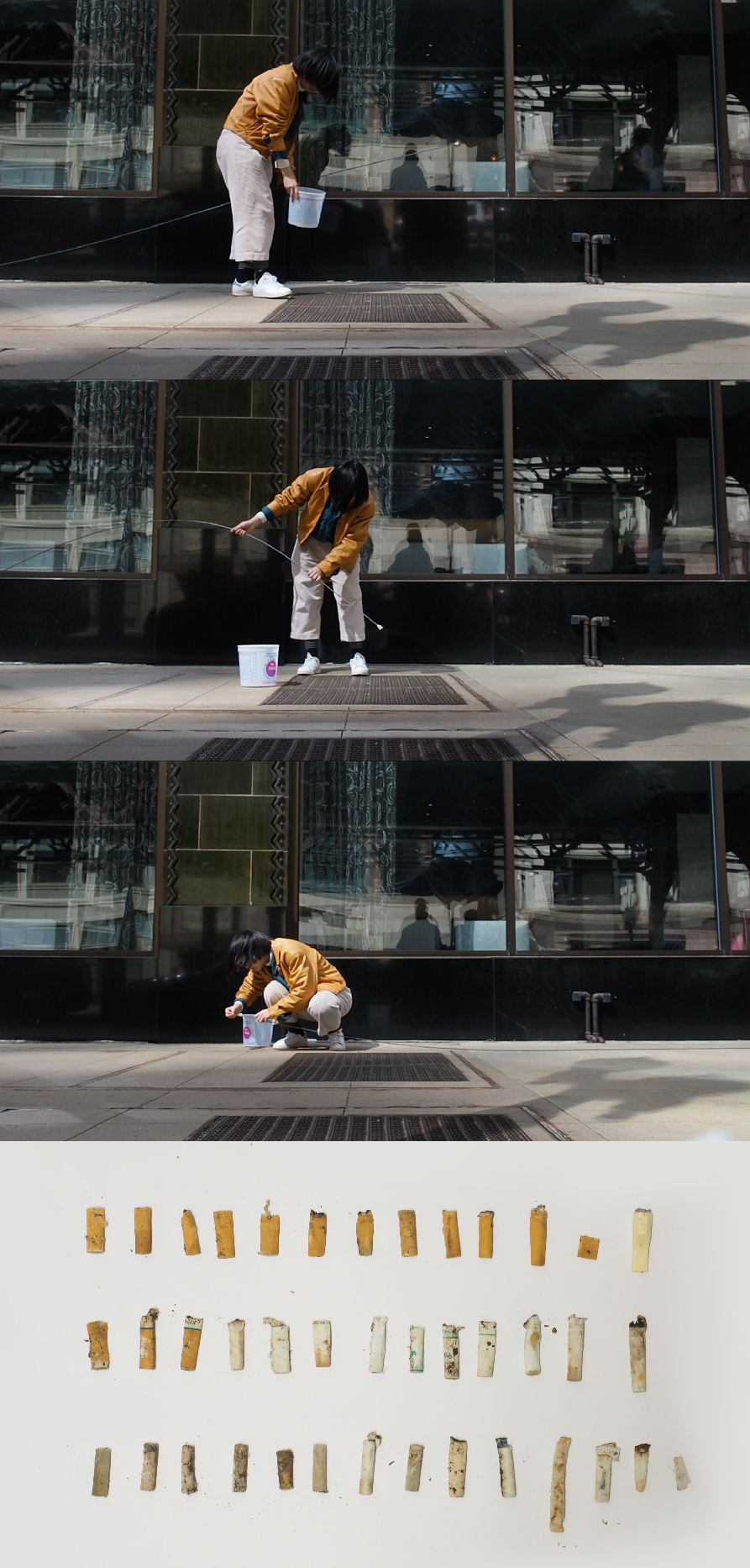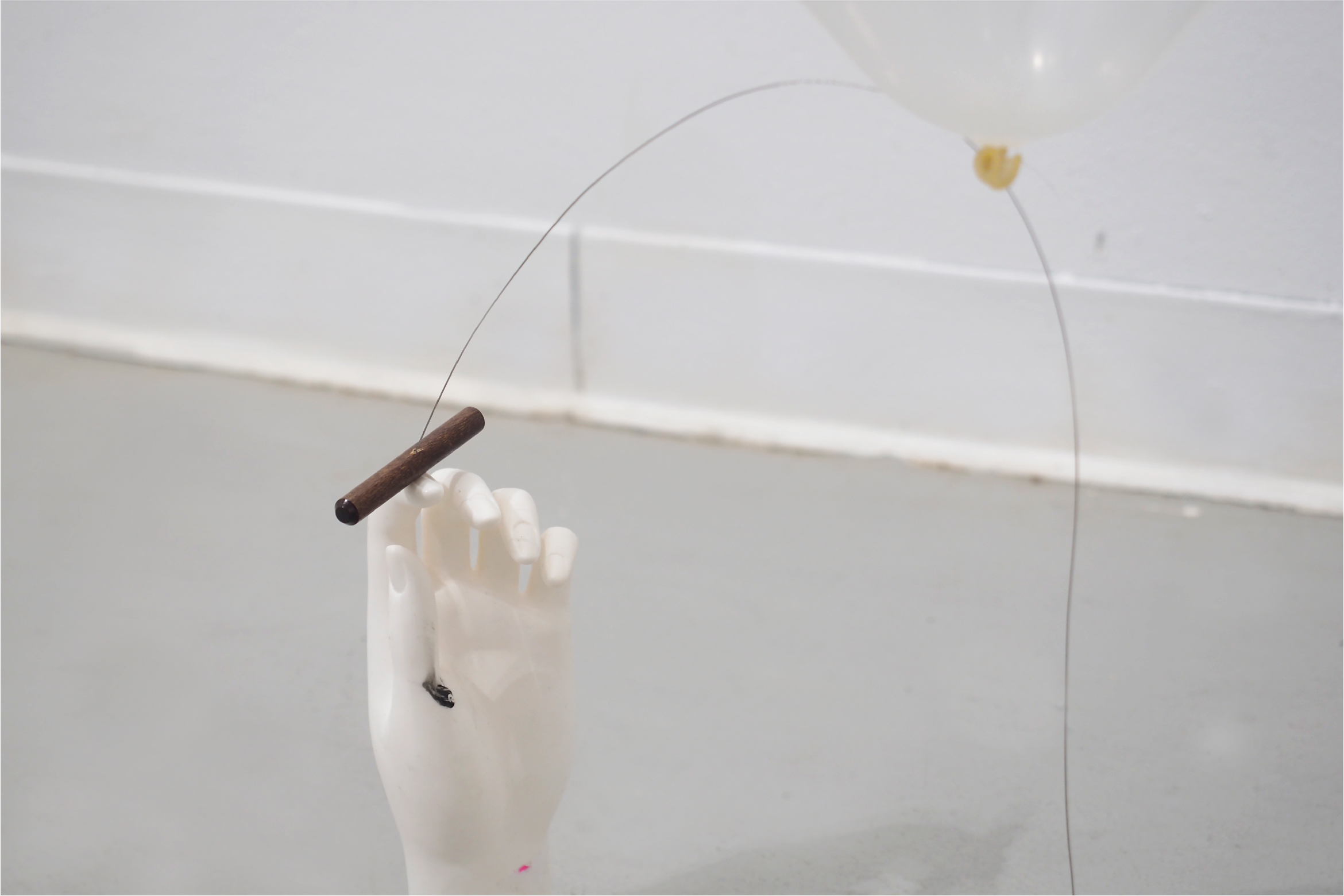These three keywords “Playful,” “Ready-made,” and “Public space” are interspersed in most of my works.
“Play” is how I communicate with objects. Under its non-serious, non-profit-related protective shell, I was able to reject established rules and re-establish a personal connection with the world. Perhaps its meaning to others only belongs to children’s games, but it can also be an escape from the boring, self-repeating dilemmas of contemporary life.
“Ready-made” describes my most commonly used materials and an important theme in my works. And also, like humor, ready-mades are widely available. More importantly, what I see in them is how human beings understand their own life, how they resist and reconstruct natural rules. My role, however, is to gather together the discarded, unremarkable, everyday objects that are scattered throughout every aspect of our lives and piece them together to reveal our most basic and deepest hidden desires and needs as human beings. Because I believe that what makes things what they are is connected to what makes us be who we are.
“Public space,” if art is about communication, who is its audience? What is the difference between the people who enter an art gallery and the people who walk down the street concerning their beliefs in art? The gallery has always been a safe barrier to artists’ poetic, radical or metaphysical experiments, while at the same time, the enclosed space has also become an obstacle for art to exert greater social influence. I choose public space as my experiment place. It tore away the bright aura it had been given and opened itself up to an unsuspecting and unprepared audience. It is a bridge to another possibility of life that the artist has been exploring, directly on the path of those who are too busy and forget to dream about the future they’re pursuing.
